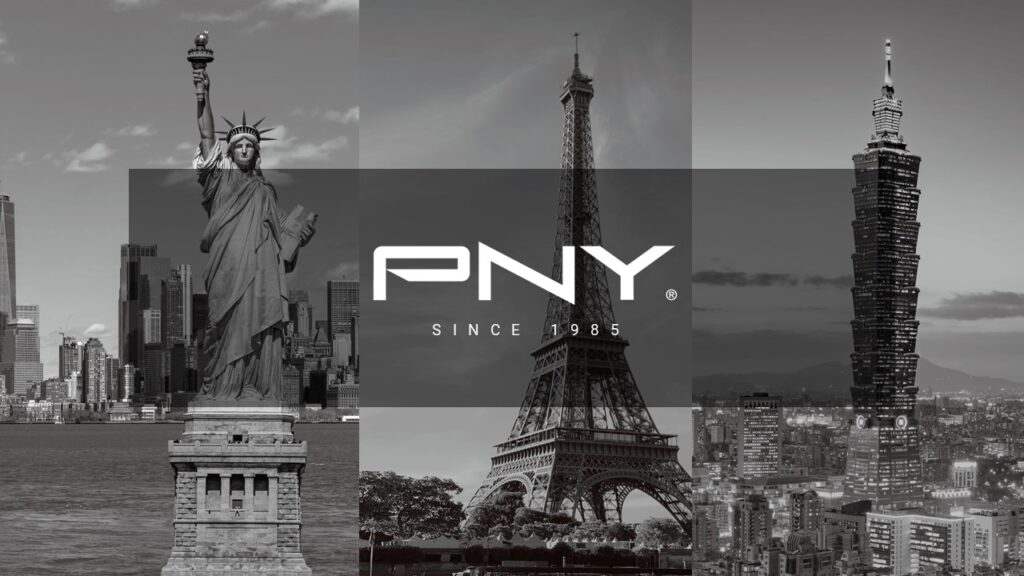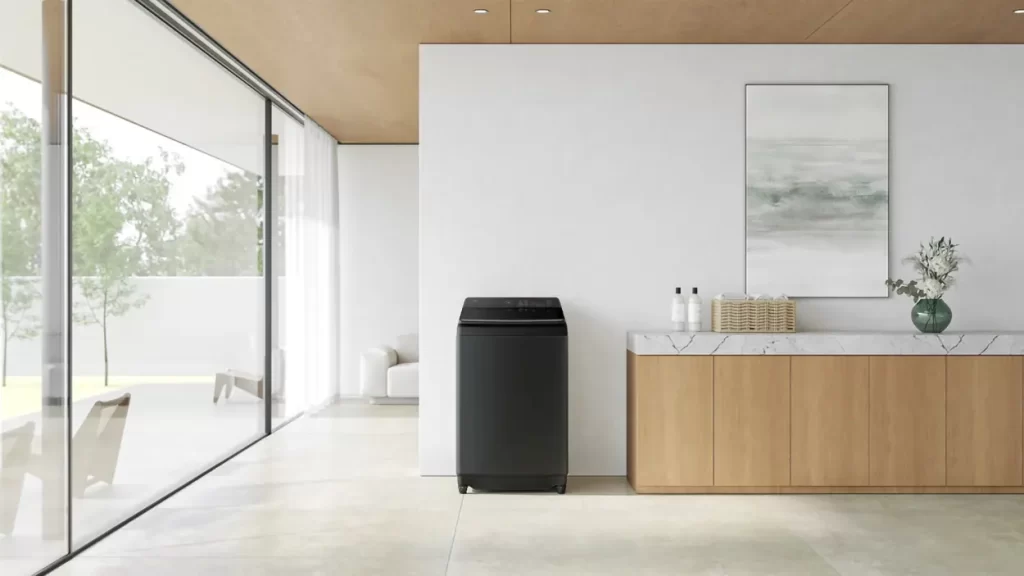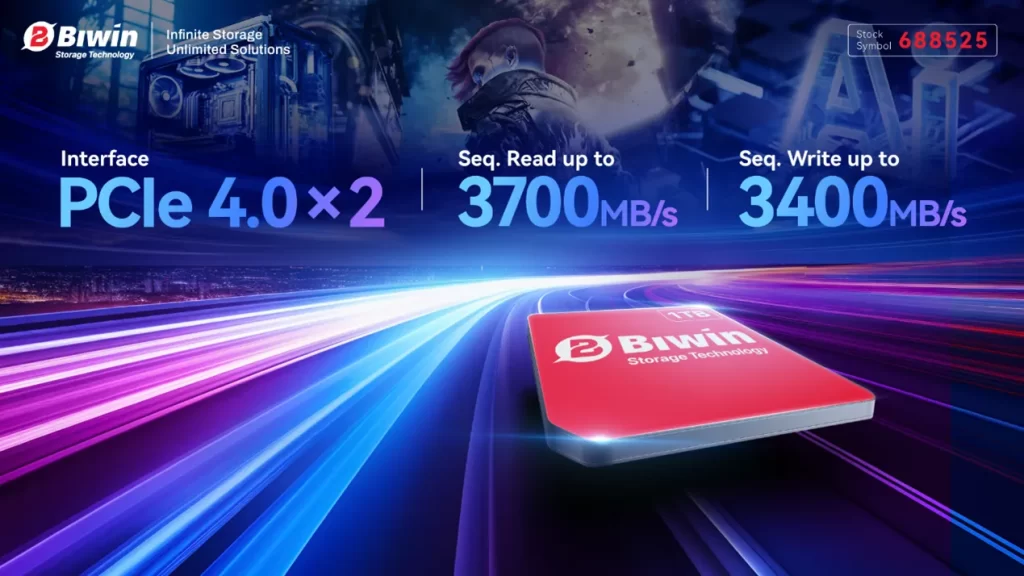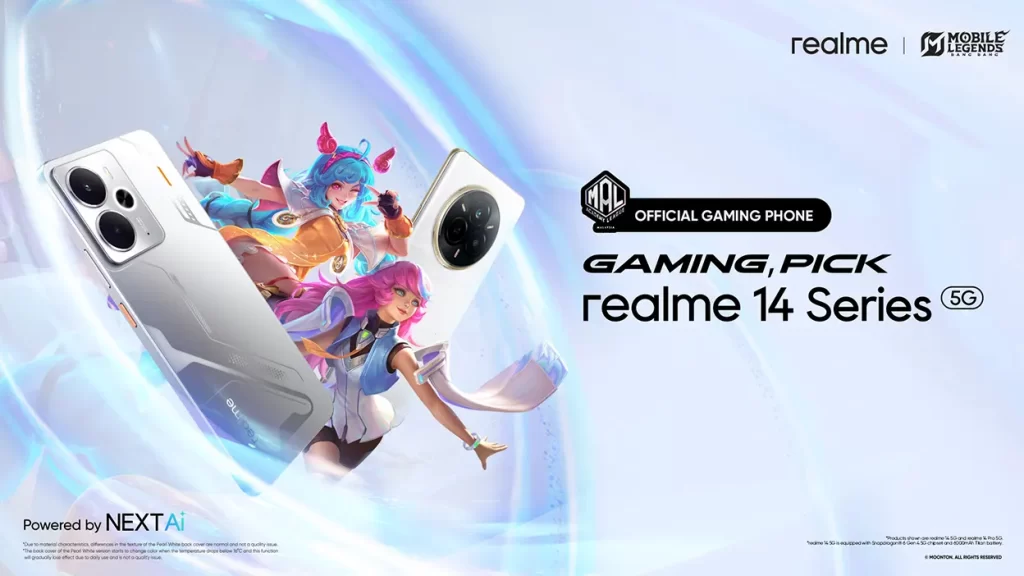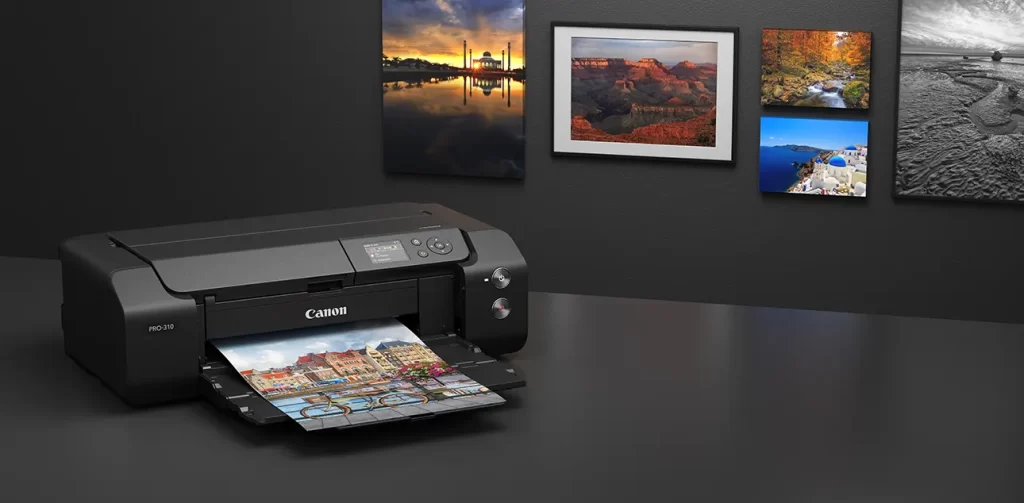Offline Marketing Goes Digital

Wherever consumers look they are presented with advertising. This has been the case for many decades now. When it comes to the physical world most of that advertising has been paper-based. Today, it is increasingly more likely to be digital.
The rise of the digital billboard led by Lamar Advertising
In virtually every country, billboards are an important advertising medium. They are found everywhere. Including in relatively underpopulated areas. The chances of the major roads in the area having a billboard or two are high. There are certainly plenty of them in town. As early as the 15th-century companies were advertising their businesses in this way, certainly in Europe.
Fairly recently, many of the traditional paper billboards in the USA have gone digital. In 2016, there were already 6,400 of them. By 2020 the number was 9,600. Spending on digital billboard advertising and other forms of digital-out-of-home (DOOH) was 3.5 billion US in 2019. By 2023 advertisers are expected to spend 5.2 billion US dollars on this type of advertising.
Lamar Advertising, one of the biggest billboard companies in the USA, owns and runs 3,800 of them. They were one of the early adopters. Deploying their first digital billboard in 2001. It is a sector that they are planning to expand rapidly.
The emergence of real-world GIF advertising
Consumers like the move to digital. It means that there is always something fresh and new for them to see. Especially now that many advertisers are starting to use short video clips (GIFS). They catch people’s attention and tell consumers much more about a product or service than a static image advert can. Something that helps to inform their purchasing decisions. Billboard GIFs have become so popular that GIPHY dedicates a whole section of its 10-billion-piece database to them.
Digital advertising in physical businesses
The use of digital signage software for shops has become far more mainstream. For example, the Australian-based digital signage specialist Mandoe Media has customers spread across the world. Many of them create and deploy new on-screen promotions and informational images several times a week. Over the years, their 5000 customers have created and deployed over a million individual digital display images.
A CoVid led to surge in the use of digital menus and meal promotions
It is now relatively rare to go into a bar, café, or restaurant and not see a digital menu. During the CoVid pandemic paper or card menus, became impractical. It was virtually impossible to keep them hygienically clean, so, in many places, they were banned. Even the plastic-coated ones were hard to clean. The cleaning fluid tended to degrade the coating, which made them tacky and unpleasant to use. As a result, thousands of eateries switched to using digital menus. Most put screens up in prominent positions from which most diners could read them. In places where this was difficult to do, sandwich board screens on wheels, which had the power source built-in were used instead.
Doing this opened the eyes of restaurant, bar, and cafe owners to the power of digital screens. Some installed more and started to use them to advertise promotions and new lines instead. They found that being able to change the advert in moments allowed them to set up flash sales of meals that were not selling well. Something that helped them to cut their losses.
Digital kiosk shopping goes mainstream
Early adopters of digital menus, like McDonald’s, continued to innovate and unlock the power of digital marketing in their outlets. In 2016, they offered US customers the chance to order their food using large touch screens, in 14,000 of their US restaurants. It was a huge success, to the point where this form of order is being rolled out globally. With many of their competitors following suit.
For customers, the ordering process is faster. While at the same time the company gets the chance to market to them at a very granular level. Using their food choices, they can decide which ads to display and at what point in the ordering process to do so. Using digital mediums companies are finally able to market directly to each consumer.
Immersive digital shopping
This technology is also being adopted by other retailing sectors. Some, like Burberry, are taking things much further. In 2022, the fashion house Burberry opened its first social retail store in Shenzhen, China. Using technology developed by Tencent´s shoppers can explore the brand and its goods via digital mediums, something that has proved to be extremely popular. It provides Burberry with invaluable insight into what interests its customers. As well as enabling them to split test all kinds of marketing and advertising methods.
There is little doubt the future of offline marketing is digital. It is another example of how the physical and digital worlds are blending.



